The Architect Of Rock & Roll: The Influential Life Of Little Richard
Little Richard, born Richard Wayne Penniman on December 5, 1932, in Macon, Georgia, is the self-proclaimed "Architect of Rock 'n" Roll" and it's hard to argue with that moniker.
Throughout his career, Richard inspired some of rocks biggest names while breaking down barriers along the way. With hits that include "Tutti Frutti," “Good Golly Miss Molly” and “Long Tall Sally," Richard's presence as a founder of rock 'n' roll music can't be understated. On May 9, 2020, the 87-year-old rocker died but his legacy lives on. Let's take a look back at Richard's life and career along with some classic photos from his life under the spotlight.
Little Richard Was A Vaudeville Performer
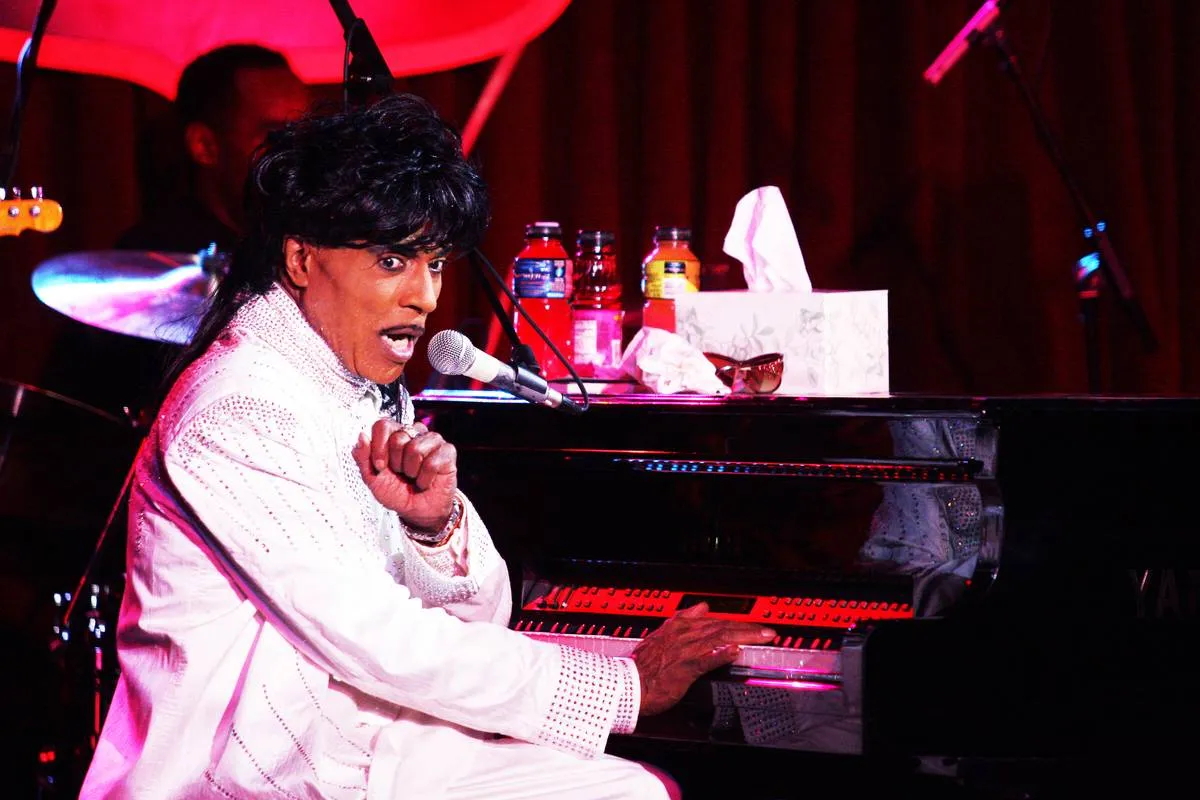
Before the Architect of Rock 'n' Roll became a household name throughout the world, Little Richard spent his teen years traveling around the country playing in vaudeville and minstrel shows where he honed what would become his stage presence.
Even after many decades of success, Little Richard seemed most at home in clubs like BB King's in New York City. The photo above was taken during a performance by the rock superstar in June 2008.
Where Did The Little Richard Nickname Come From?

Little Richard is a nickname that has followed him since childhood. The nickname was given to the singer-songwriter by his family because he was a small child with a tiny frame. They also said he was a mischievous child who loved playing pranks on his neighbors whenever the chance presented itself.
Pictured is a photo of Little Richard with Antoine "Fats" Domino backstage at The Domino Effect concert that took play in New Orleans in May of 2009.
His Top 10 Hits Stopped Very Early In His Career
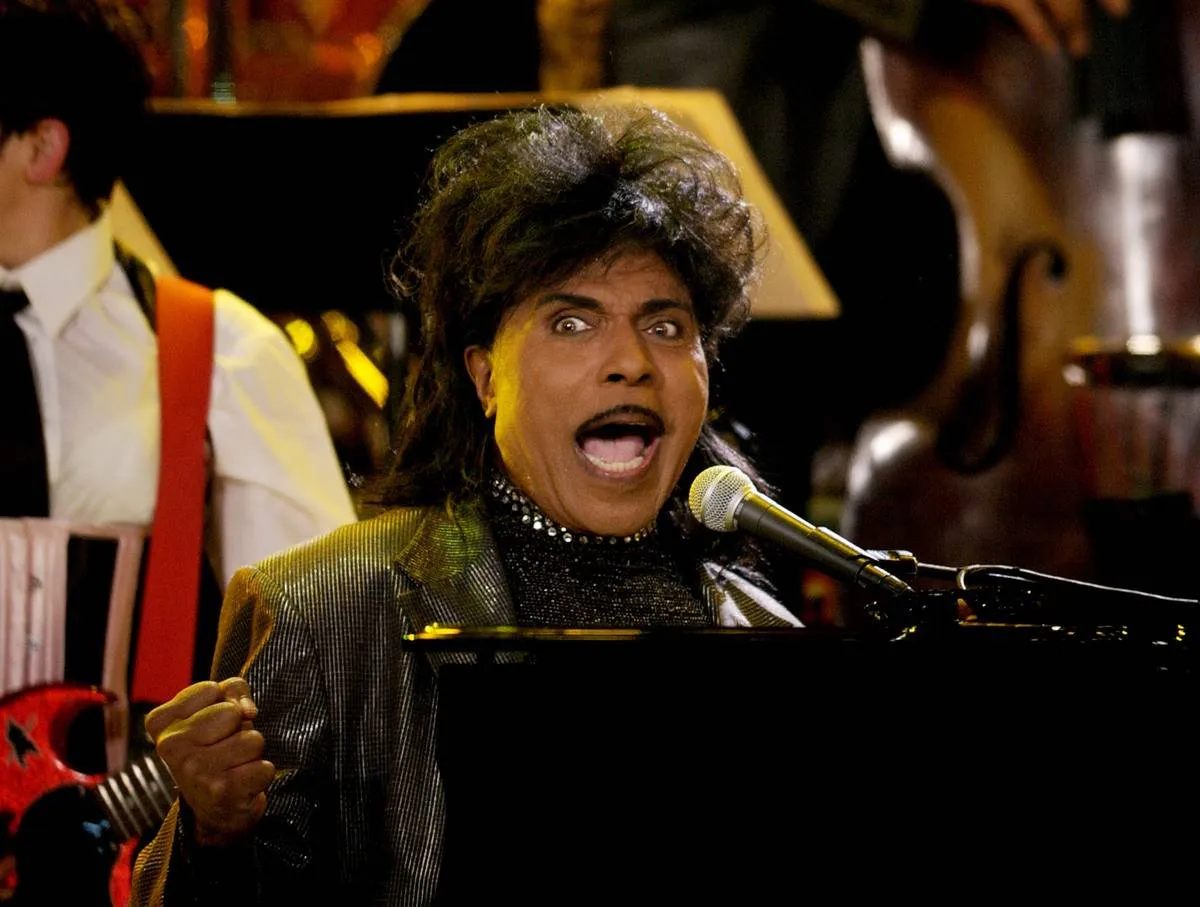
While Little Richard continued to remain one of the most influential artists in rock 'n' roll music for many decades, his early success would be his best success, at least in terms of his own time spent atop the music charts. Between 1956 and 1957 he would top the charts with "Tutti Frutti," "Long Tall Sally," "Rip It Up," "Lucille," and "Good Golly Miss Molly."
Surprisingly, he never personally reached the top 10 after those hits. Pictured above is Little Richard with the SuperGroup performing at "American Bandstand's 50th ... A Celebration!" which aired on ABC TV on May 3, 2002.
The Hits Stopped By Little Richard's Own Choice
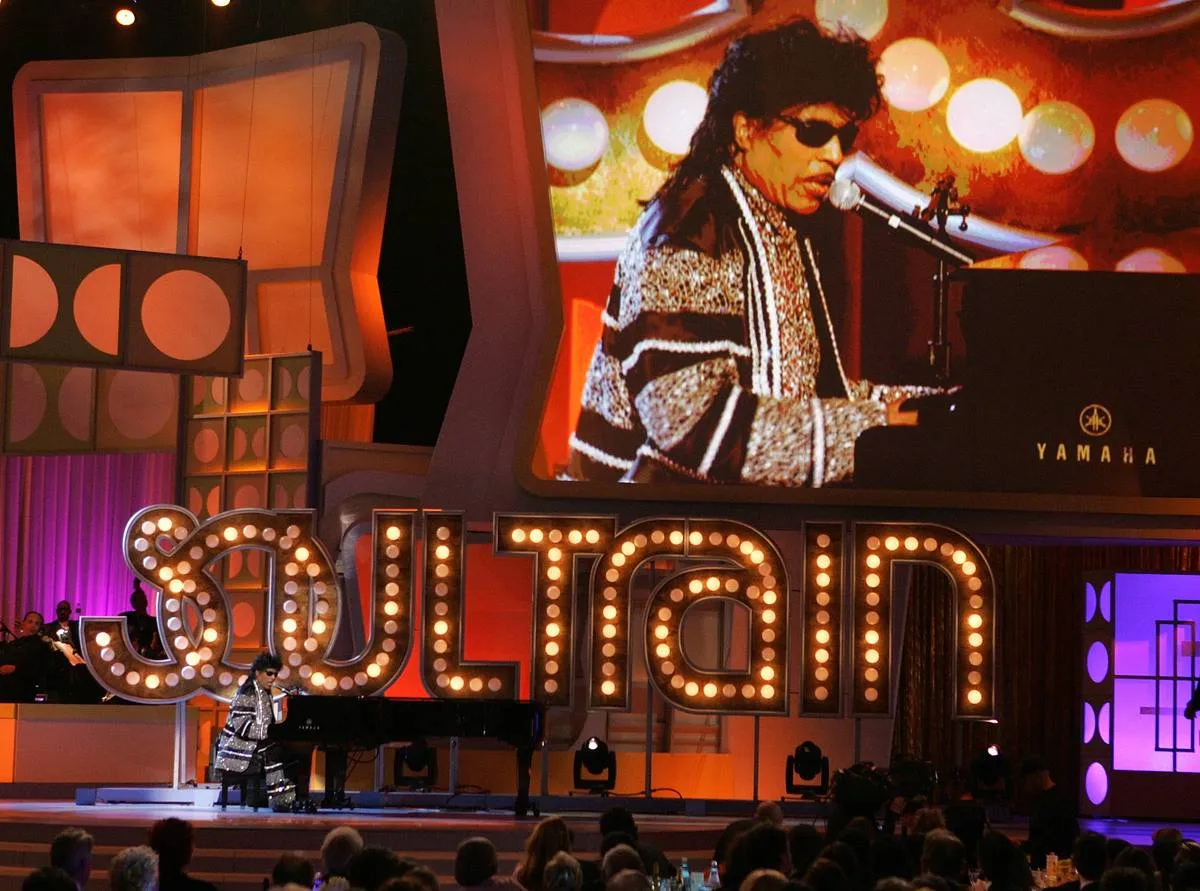
In 1957, Little Richard made the decision to walk away from rock 'n' roll. The decision was reached after what he considered to be several "signs" about his future, including an airplane engine that caught on fire and a dream he experienced about the end of the world.
Penniman left the music scene in 1957 and started attending the Alabama Bible school Oakwood College. Little Richard was eventually ordained as a minister and in 1959 he released a gospel set titled God Is Real. Little Richard would return to secular rock in 1964. Pictured is the musician performing on stage at the 2005 TV Land Awards on March 13, 2005
Jimi Hendrix Played Backup For Little Richard
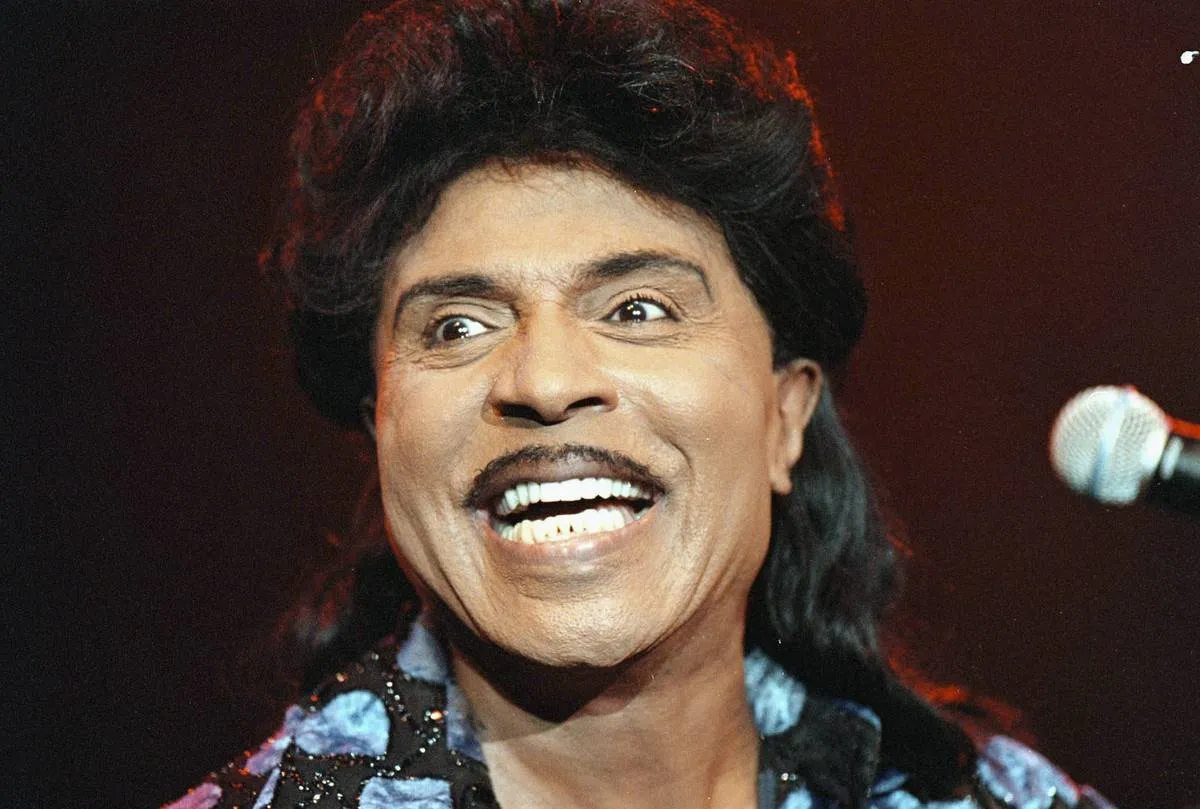
Little Richard's backup band, the Upsetters, were looking for a guitarist and they found one in Jimi Hendrix. Not surprisingly, Hendrix's own flamboyance wouldn't leave him playing in the background for long.
Hendrix played for Little Richard between 1964 and 1965. Accounts of their time together have suggested that the two men had multiple clashes due to Hendrix's tardiness and stage antics during touring. Soon, Hendrix left to write, record, and perform his own style of guitar-laden rock and roll music. Pictured is Little Richard performing on stage in The Hague, Netherlands, way back in April 2000.
Artists Covered His Music, Sometimes With More Success Than The Original
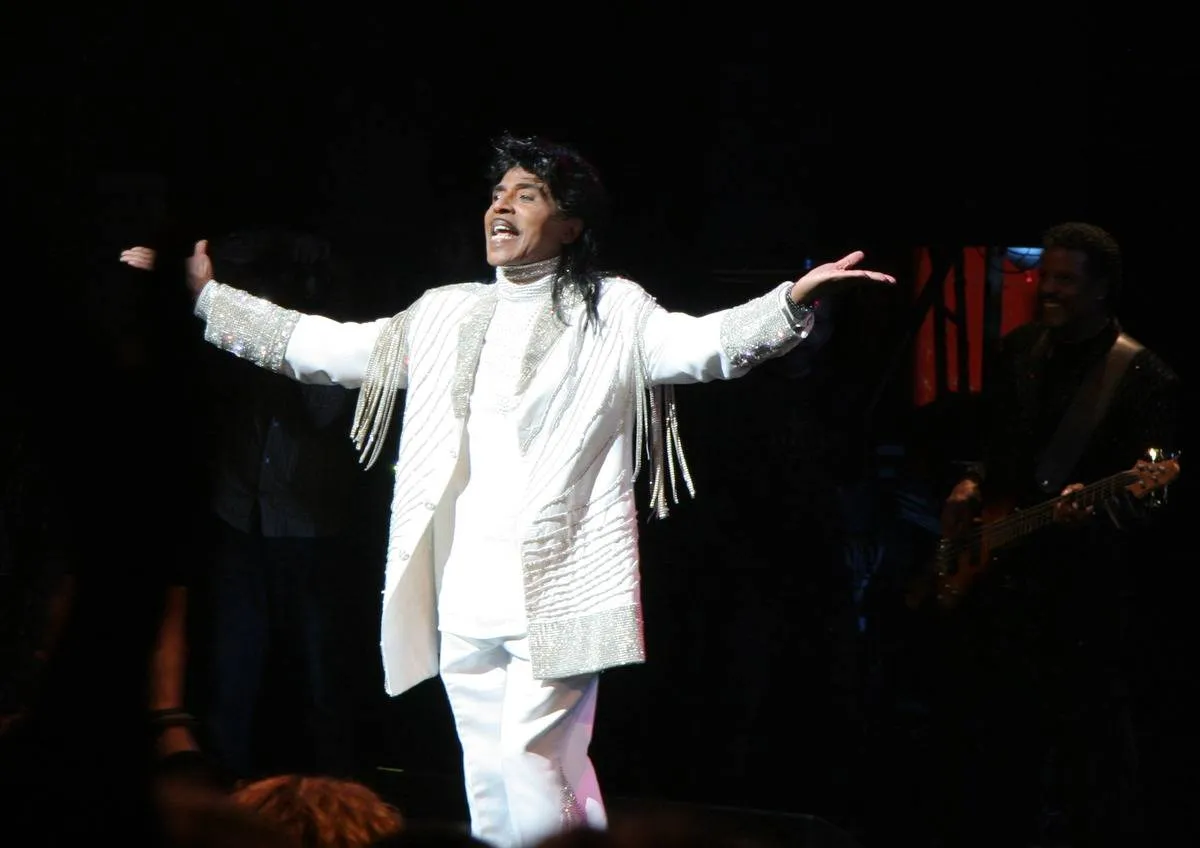
Paul McCartney's singing on "Long Tall Sally" revitalized the song and the Beatles would go on to pay tribute to the architect of rock and roll with their own song "I’m Down." Over the years, various well-respected bands would cover Little Richard's songs, including the Everly Brothers, the Kinks, Creedence Clearwater Revival, Elvis Presley, and Pat Boone, among others.
The photo above shows Little Richard performing in Concert at The Apollo Theater in June 2006. Even in his 70s, the rock and roll superstar knew how to keep a crowd entertained.
He Threw Some Fun Shade At Prince

There's no doubt Little Richard's stage presence and style offered a lot to the style and performance direction taken by future superstars. Richard often wore androgynous makeup and his stage presence was something brand new.
Speaking to Joan Rivers in 1989, he even managed to throw some fun shade at another music superstar "Prince is the Little Richard of his generation," he told Rivers. Little Richard then looked directly into the camera and told Prince, “I was wearing purple before you was wearing it!” The photo here was taken in August 1972 during a rehearsal for Richard's Wembley Stadium show.
His Dad Was A Whiskey Bootlegger And Their Relationship Was Not Healthy
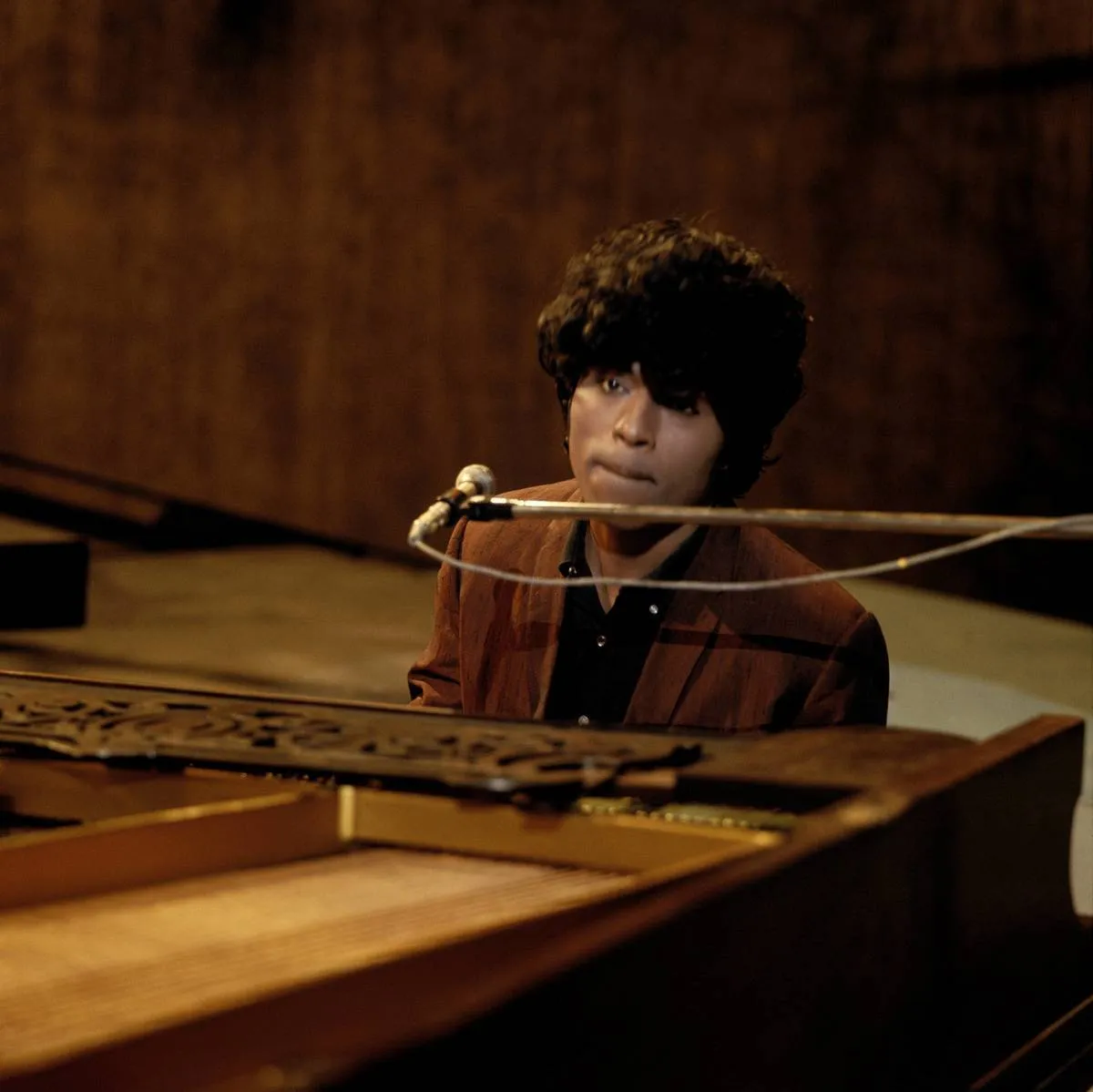
Little Richard was one of 12 children and it wasn't an easy early life to live. "I was born in the slums. My daddy sold whiskey, bootleg whiskey," Richard revealed to Rolling Stone in 1970.
At 13 years old he moved in with a family in Macon after his father accused him of being gay. After making the move, Richard would start to focus on performing his own special brand of music. Pictured is Little Richard seated at a piano for a television show in London circa 1966.
His Childhood Friend Also Became An Incredibly Influential Musician

Little Richard is known for writing some of rock 'n' roll's most influential early hits and he wasn't alone in following his passion for the arts. In fact, one of his childhood friends was perhaps just as influential.
Growing up in Macon, Little Richard befriended a child by the name of Otis Redding. The two men grew up listening to R&B, blues, and country, which played at a concession stand at the Macon City Auditorium. Pictured is Little Richard performing with his band circa 1957. The photo was taken while filming a scene from the movie Mister Rock and Roll.
He Was Washing Dishes The Year He Became A Star
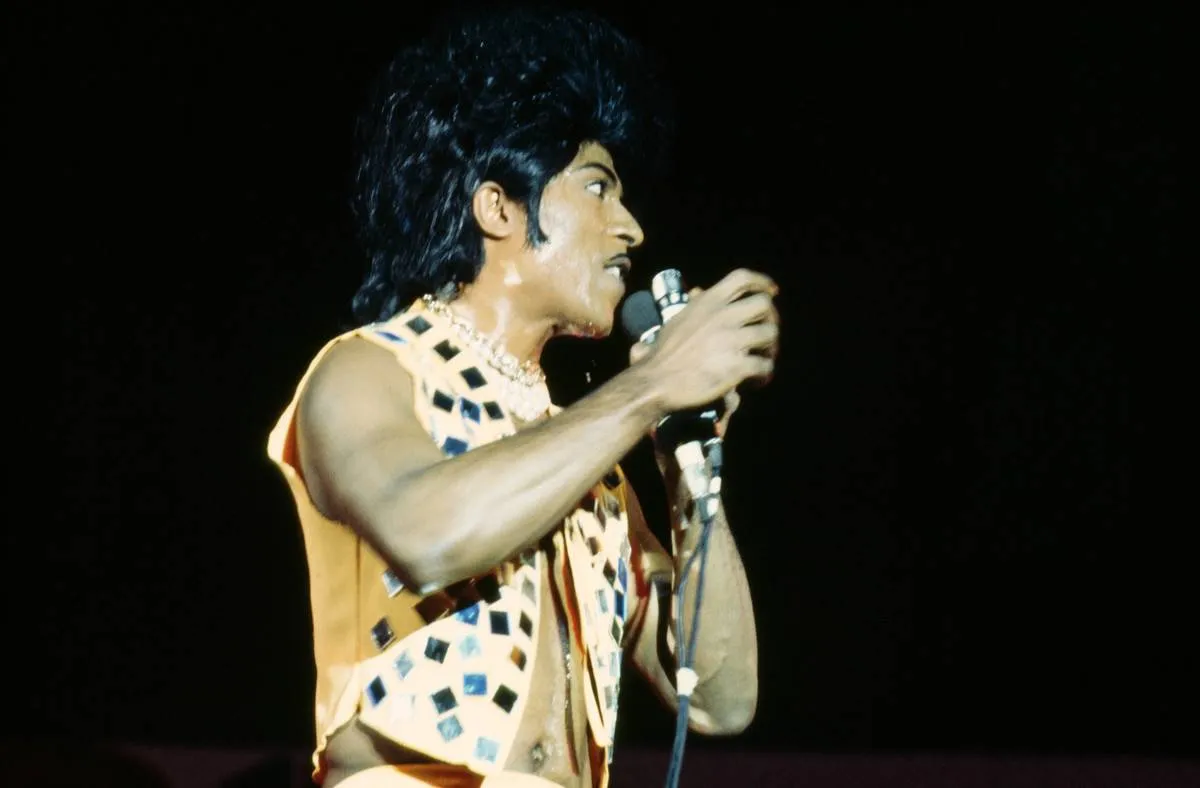
The skyrocketing fame of Little Richard seems like an overnight success but that wasn't the case. After years of striking out, Little Richard was forced to head back to Greyhound Bus Lines, where he resumed his previous job as a dishwasher.
It was while washing dishes in 1956 that Richard came up with the chorus to his first hit "Tutti Frutti." The chorus "a wop bob alu bob a wop bam boom" resonated with Specialty Records in Chicago. He co-wrote Long Tall Sally while working that same job. The picture here shows Richard performing at the London Rock And Roll Show at Wembley Stadium circa 1972.
His Makeup Choices Were Based On Playing White Clubs

Little Richard told Rolling Stone in 1970 that his trademark makeup and colorful ensembles were part of his strategy for playing in white clubs. According to Little Richard, he believed his outfits and makeup made him appear "less threatening" while playing to a white audience in the 1950s. His choice in artistry stuck even as he started to play to sold-out stadiums of adoring fans.
Pictured here is Little Richard attending the 50th Annual GRAMMY Awards at the Staples Center on February 10, 2008.
A Rock 'N' Roll Hall of Fame Original
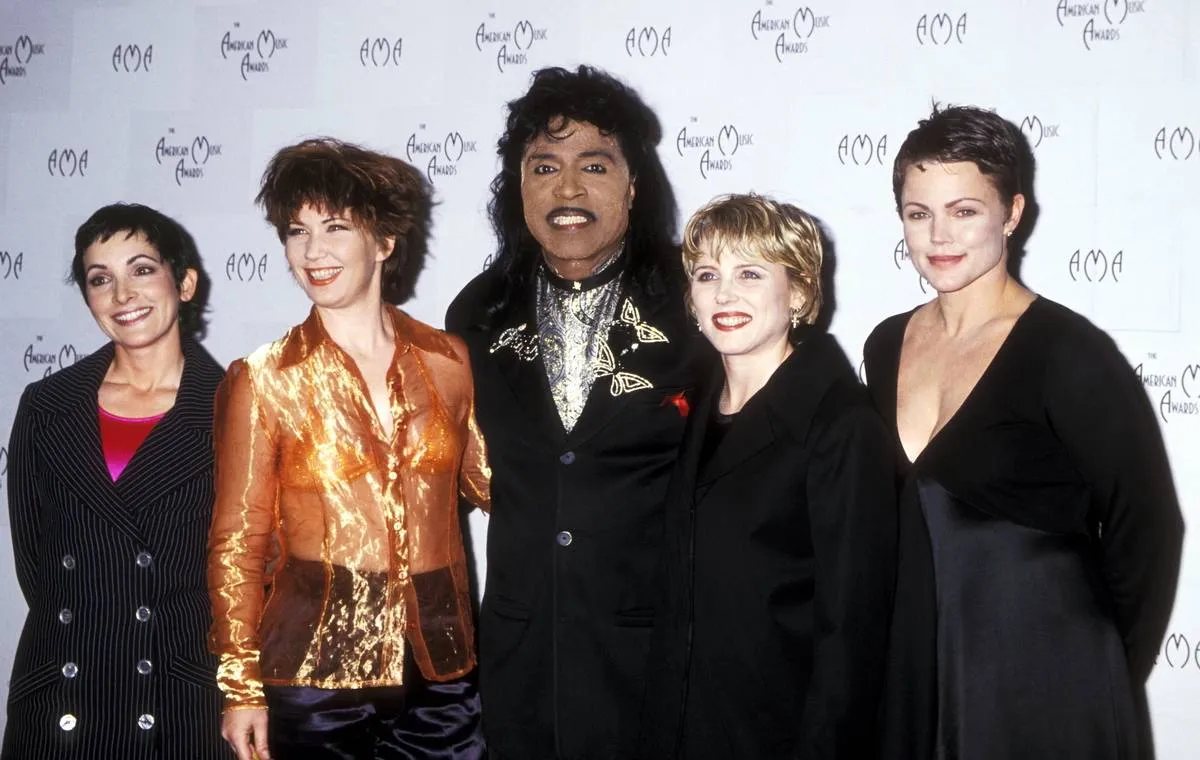
While his career started way back in the 1950s, it would be 1986 before Little Richard would be inducted into the Rock and Roll Hall Of Fame. In all fairness to the institute, it was the organization's first year and Richard was one of the first 10 inductees.
Seven years later, in 1993, Richard would be awarded a Lifetime Achievement Award at the Grammys. Pictured is another awards show appearance by Richard when he attended the 22nd Annual American Music Awards on January 30, 1995, at Shrine Auditorium in Los Angeles, California.
He Saved The Rolling Stones From A Tour That Was Flopping
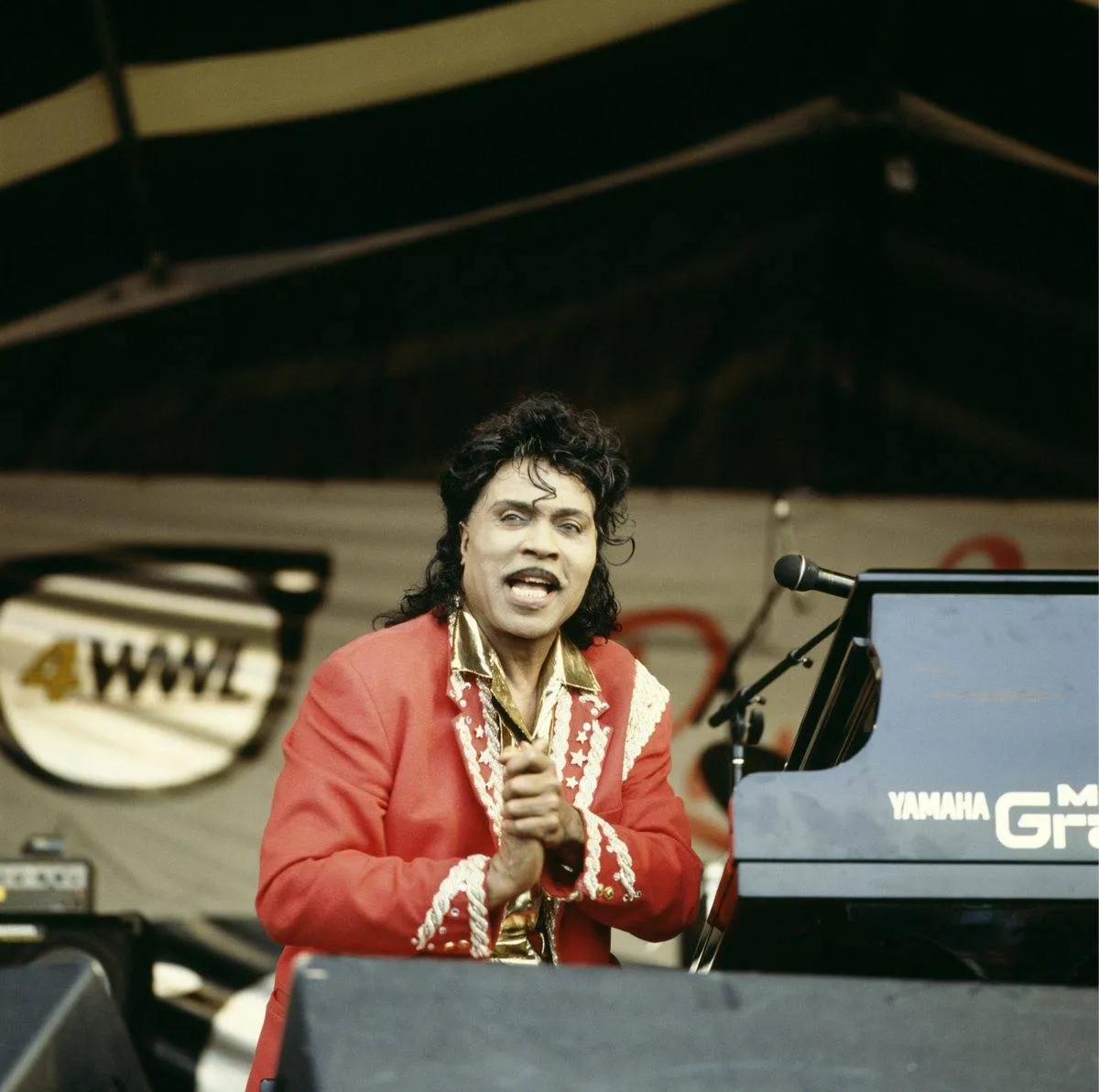
When Little Richard decided to make his return to secular rock 'n' roll music, he did so with a splash. In the fall of 1963, a concert promoter called the singer and asked him to join The Everly Brothers, Bo Diddley, and The Rolling Stones on tour.
Ticket sales were lagging and the concert promoter was afraid the tour would fail. After Little Richard joined, sales picked up and the tour moved forward with Little Richard providing a big lift to ticket sales. Pictured is Little Richard performing live onstage at the New Orleans Jazz Festival on April 22, 1994.
His TV Special Was A Huge Success
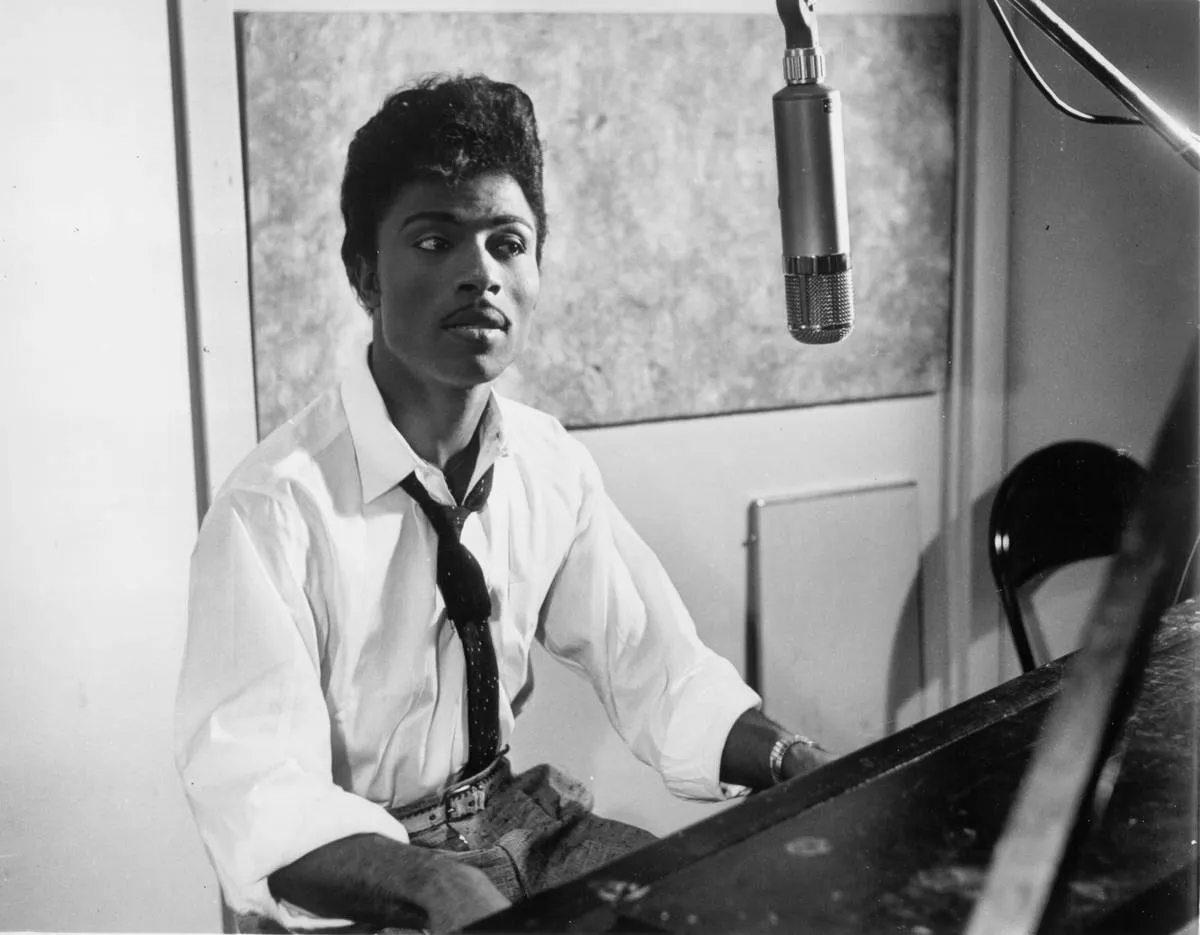
Following his tour with The Rolling Stones, Little Richard was given a TV special for Granada Television. The show, titled "The Little Richard Spectacular" was a ratings success and re-aired two times because of viewer requests. The results of the TV special? Little Richard received more than 60,000 fan letters following the first airing of the show.
Pictured here is Little Richard performing at the recording studio circa 1959, a time period when he was focused on gospel music.
Little Richard's Dad Was Murdered When The Singer Was 19
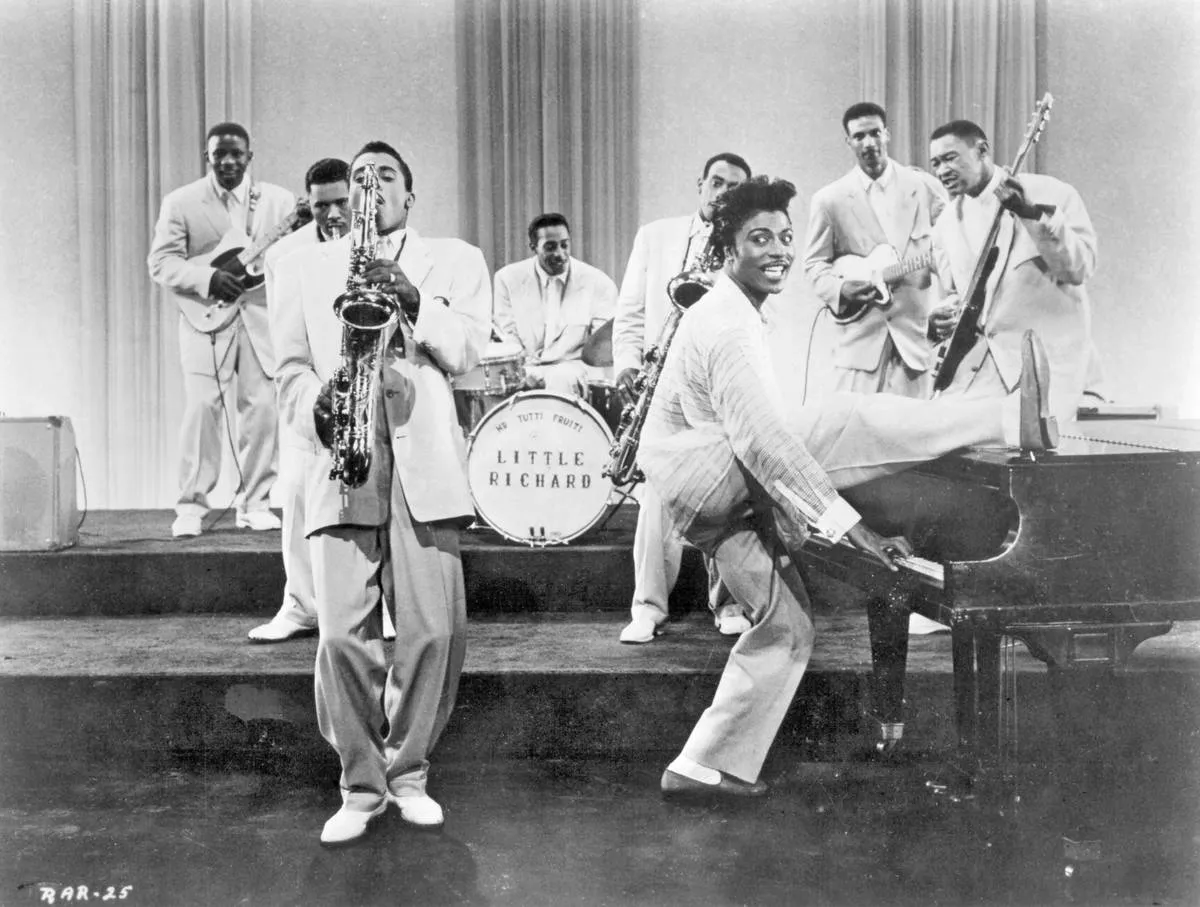
When Little Richard was only 19 years old, his dad, Bud was murdered following an altercation outside of a night club. The club, the Tip In Inn was owned by Little Richard's father.
His dad, also a church deacon and brick mason, was never able to make amends with his son. Immediately following his father's death in 1952, Pettiman also left his record label after failing to find success. Pictured is another photo of Little Richard performing with his band for the 1957 movie Mister Rock and Roll.
England And France Embraced Him When America Shied Away
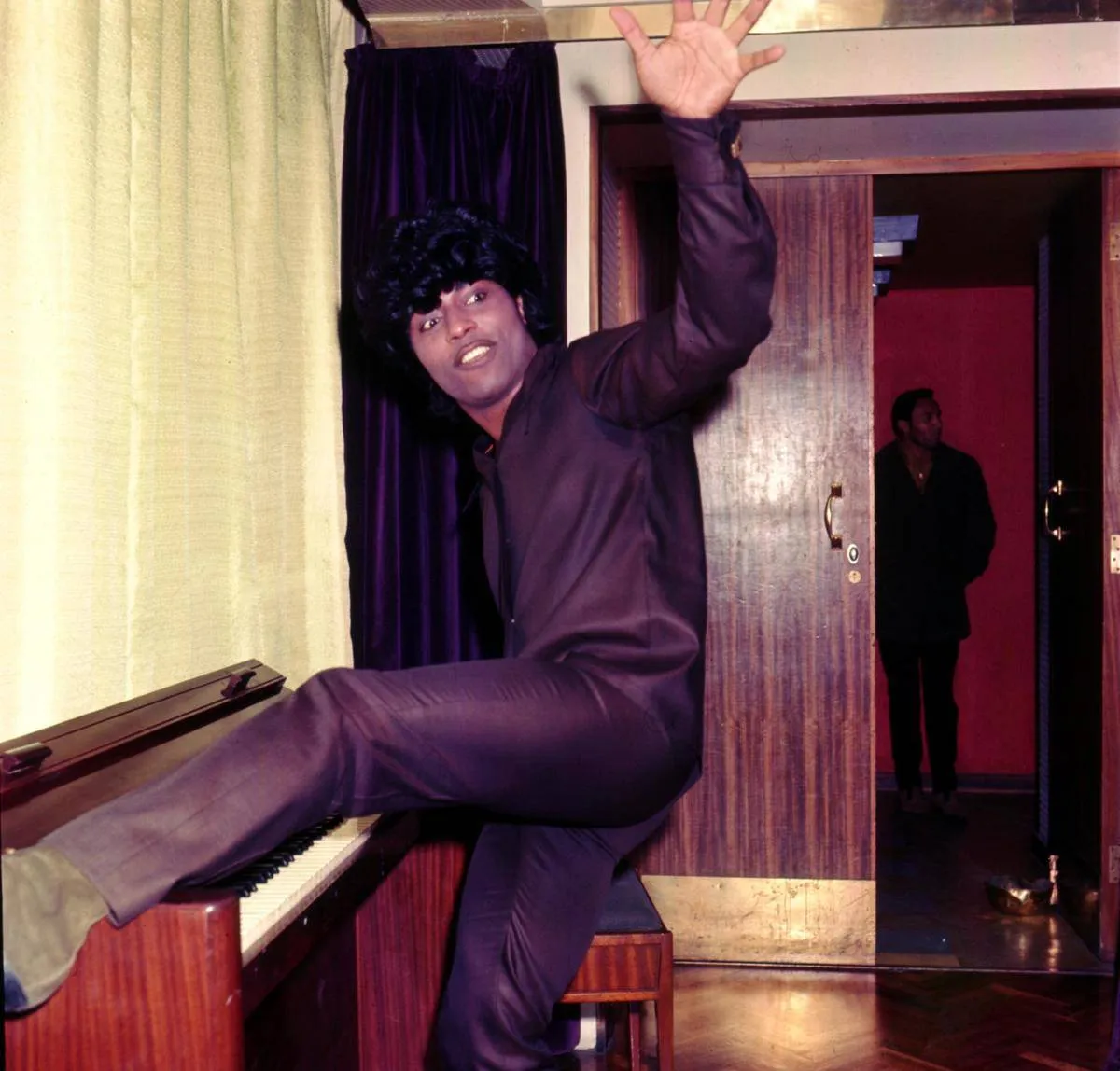
As his career crept into the late 1960s and early 1970s, Little Richard grew frustrated by his record label's inability to book big gigs for him in America. He would often be found playing dingy clubs in America despite his influence on the genre he helped create.
On the other side of the pond, it was a different story as Little Richard continued to sell out huge venues in England and France. Pictured here is Little Richard playing a piano circa 1967.
A New Manager Changed The Direction Of Little Richard's Career

When Larry Williams took over as Little Richard's new manager he quickly decided the future for the singer was in entertaining audiences with energetic live shows. Soon after Williams was in charge, Richard ditched his band "The Upsetters" and started performing live with his backup band, The Crown Jewels.
Soon, Little Richard was upstaging Janis Joplin at the Atlantic City Pop Festival. Many music fans also say he stole the show from John Lennon while performing at the Toronto Pop Festival. Pictured is Little Richard speaking on stage at the "The Legacy Lounge" where he had a conversation with CeeLo Green on September 29, 2013.
Yes, That's His Voice On 'The Magic School Bus'
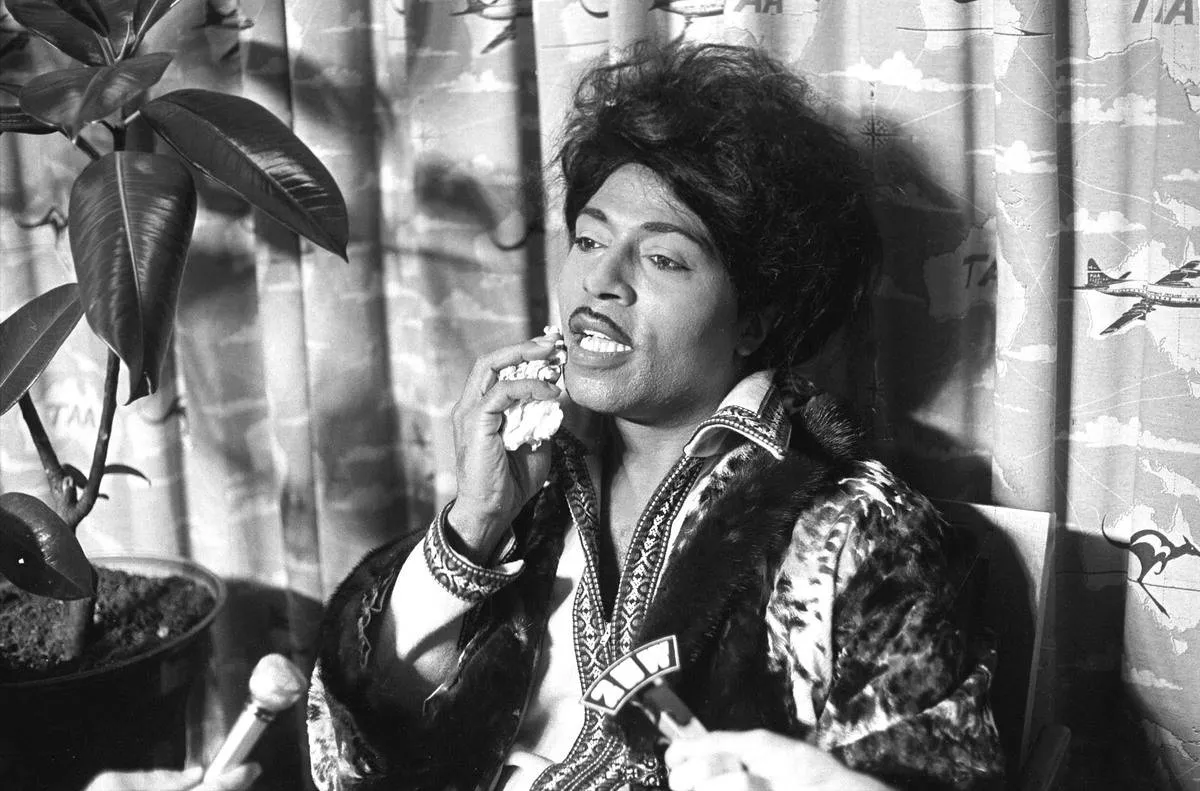
In 1994, a new hit children's TV series called The Magic School Bus debuted to the delight of millions of children around the world. Listen to the theme song and you'll immediately notice that Little Richard lent his voice to the recording of that track. The TV series would go on to win numerous awards. It was created from a book series by Joanna Cole and Bruce Degen.
Pictured here is Little Richard arriving for a concert in Sydney, Australia, on January 13 1974.
It Wasn't Until A Major Hip Injury That He Slowed His Performance Schedule In... 2010!
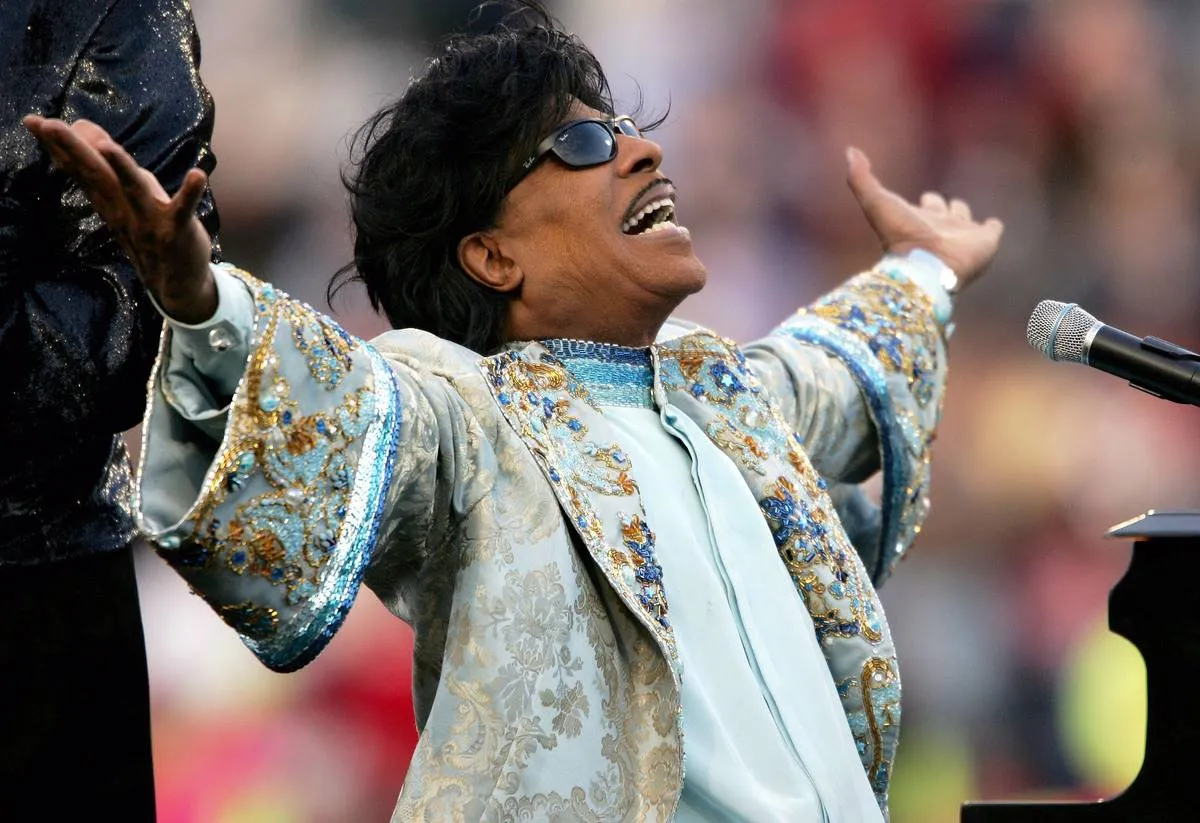
Always the entertainer, Little Richard maintained a frenzied performance schedule through 2010. He may very well have kept that schedule until his death had he not suffered a serious injury to the sciatic nerve pain in his left leg. That injury was followed by the replacement of the involved hip.
Pictured here is Little Richard performing during halftime show between the Louisville Cardinals and the Boise State Broncos in the AutoZone Liberty Bowl on December 31, 2004.
The Song That Started It All Had To Change Its Lyrics
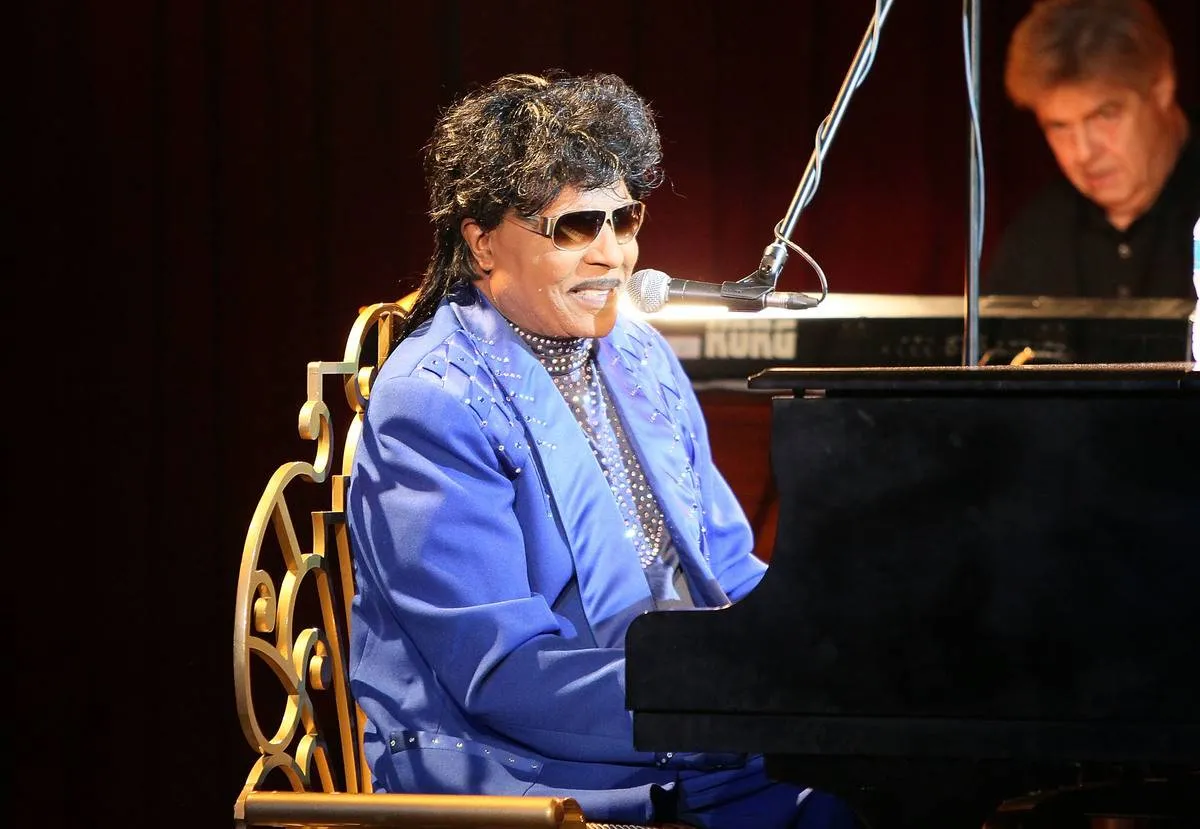
While "Tutti Frutti" became an instant hit and skyrocketed Little Richard's career into the stratosphere, the original lyrics from the song didn't appear on the hit record. The record label considered the lyrics too obscene in nature and asked that Little Richard pen new lyrics that would help increase his chances of actually receiving radio play.
Pictured here is Little Richard performing at the B.B. King Blues Club & Grill in New York City on June 14, 2012.









